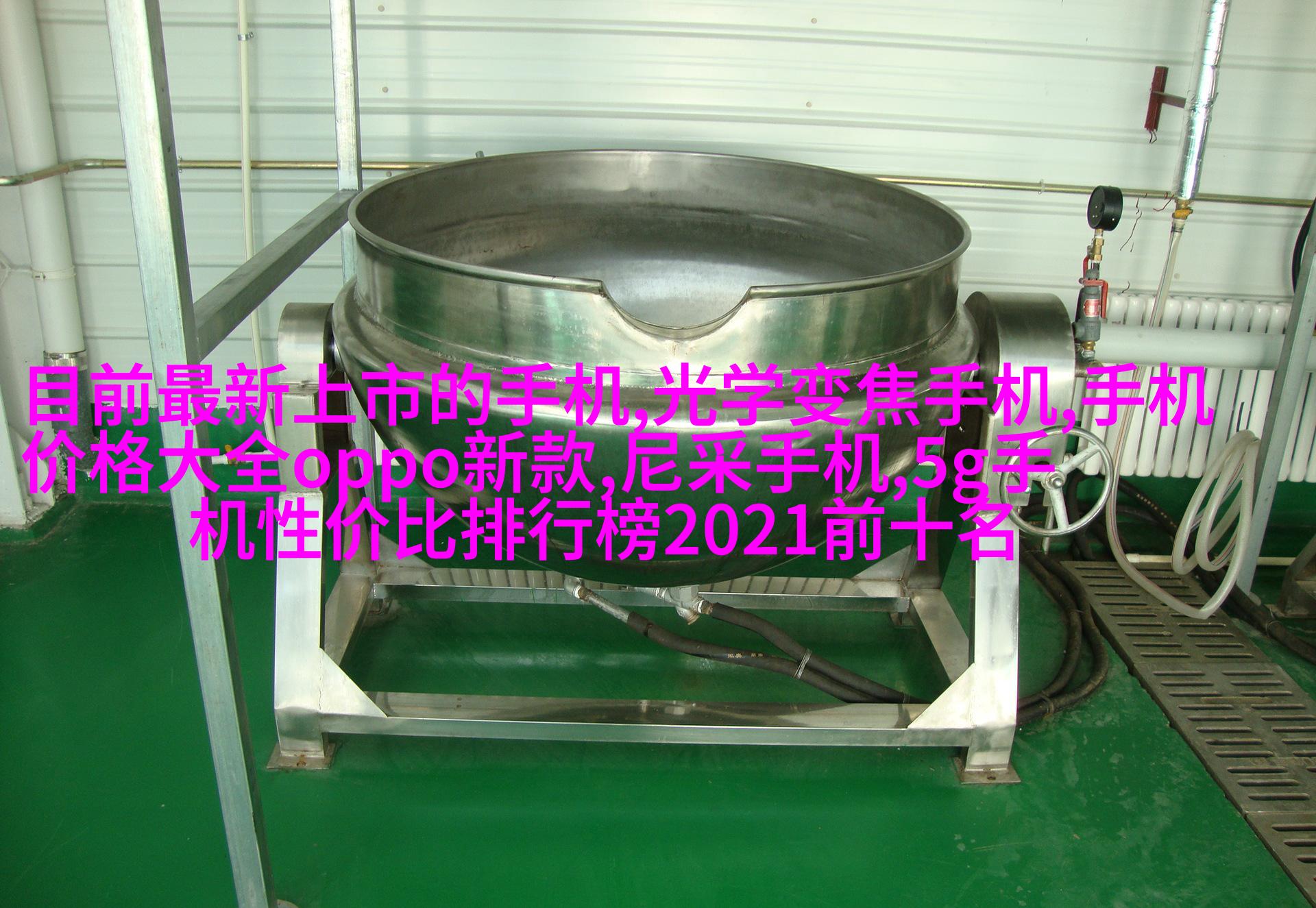雨季施工措施滋润建筑稳固未来
一、雨季施工措施概述

在中国的多数地区,雨季是建筑行业的一个重要时期。雨水带来了丰沛的水分,但同时也可能导致土壤膨胀,基础变形,加剧施工难度。这就要求施工人员采取一系列措施,以确保工程顺利进行。
二、地基处理与防护

在雨季施工中,地基处理和防护工作尤为关键。首先要对土质进行评估,并根据其特性选择合适的地基改良方法,如加固土层或采用专门的地基支撑结构。此外,还需采取有效的水密措施,比如设置围堰或者使用橡胶膜等材料来隔离建设区域内的积水,从而保护建筑物免受地下水侵蚀。
三、材料选用与预防腐蚀

由于湿润气候容易导致金属材料腐蚀,因此在雨季施工时应优先考虑使用耐腐蚀性的建筑材料,如不锈钢或铝合金等。同时,对于已经安装好的金属结构部分,也应该定期进行清洁和涂抹抗腐蚀剂,以延长它们的使用寿命。
四、安全生产与应急准备

随着天气变化变得更加不可预测,在执行雨季施工任务时必须特别注意安全生产管理。在此期间,要严格遵守各项安全操作规程,加强现场巡视检查,确保每个工人都能熟练掌握紧急情况下的应对措施。此外,还需要制定详细的应急预案,以便在遇到突发事件时能够迅速响应并减少损失。
五、高效运作计划

为了提高项目进度和降低成本,一些企业会将资源集中用于高效率的大规模建设。但是在雨季,这种策略可能会因为恶劣天气影响到项目进度。而且,由于道路通行受限,原料供应链可能出现断裂的情况。这就要求企业提前规划好物资储备,并利用现代信息技术实现远程协调,让整个团队保持高效运行,即使是在恶劣天气条件下也不至于停滞不前。
六、绿色环保理念融入工程设计
环境保护是一个全球性的议题,而作为专业人士,我们有责任将这种理念融入我们的工程设计中。在设计建造过程中,可以采用可持续发展的手段,比如节约能源资源,用本地化和再生资源减少碳排放,以及通过精准灌溉系统减少浪费等方式来实现这一目标。
七、新技术应用与创新思维
新技术不断推陈出新,为提升构建质量提供了新的可能性。在rainy season,一些公司开始引入无人机监控和自动化设备以监控现场状况及控制设备运行状态,从而避免因人为错误造成的问题。此外,不断更新知识库,有助于找到最佳解决方案以适应不同类型的人造环境挑战。
八、后续跟踪与完善计划
完成初步工程后,不容忽视的是长期维护工作。一旦大型设施投入使用,其性能如何直接关系到用户体验。因此,在实施完毕后的几个月内,最好安排一次全面的检查,将发现的问题及时修复,同时根据实际经验收集反馈数据用于未来的改进计划。